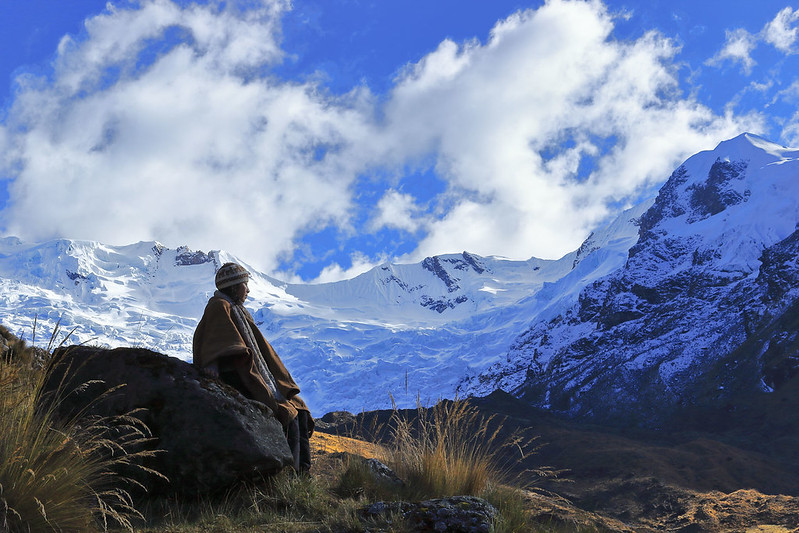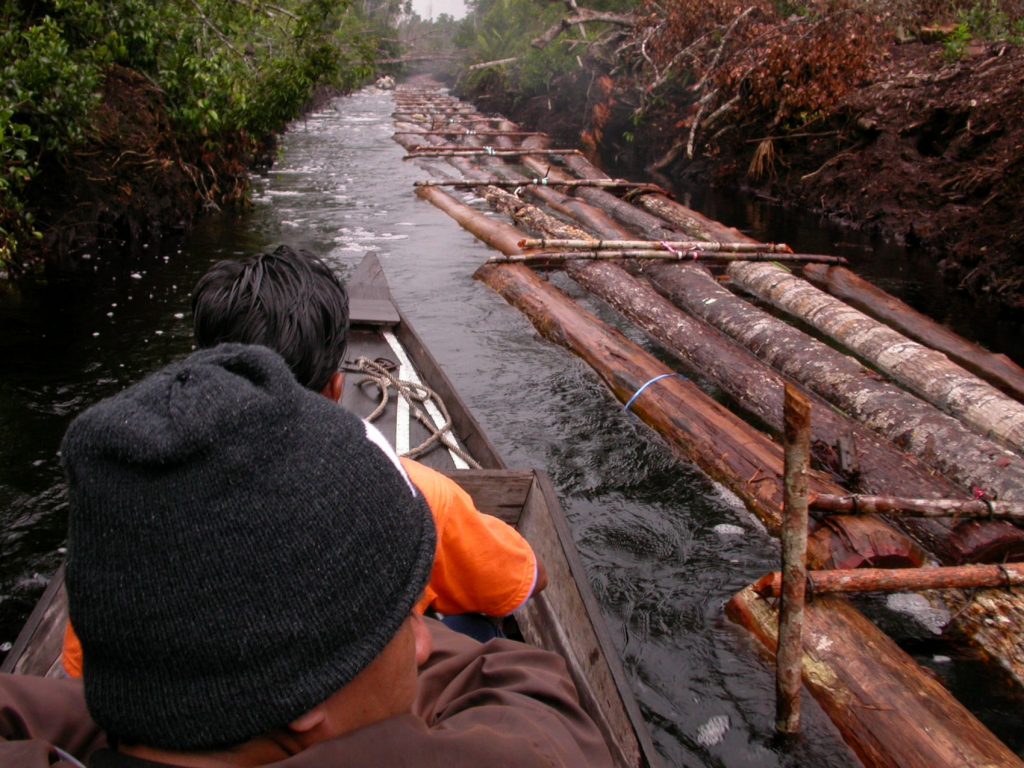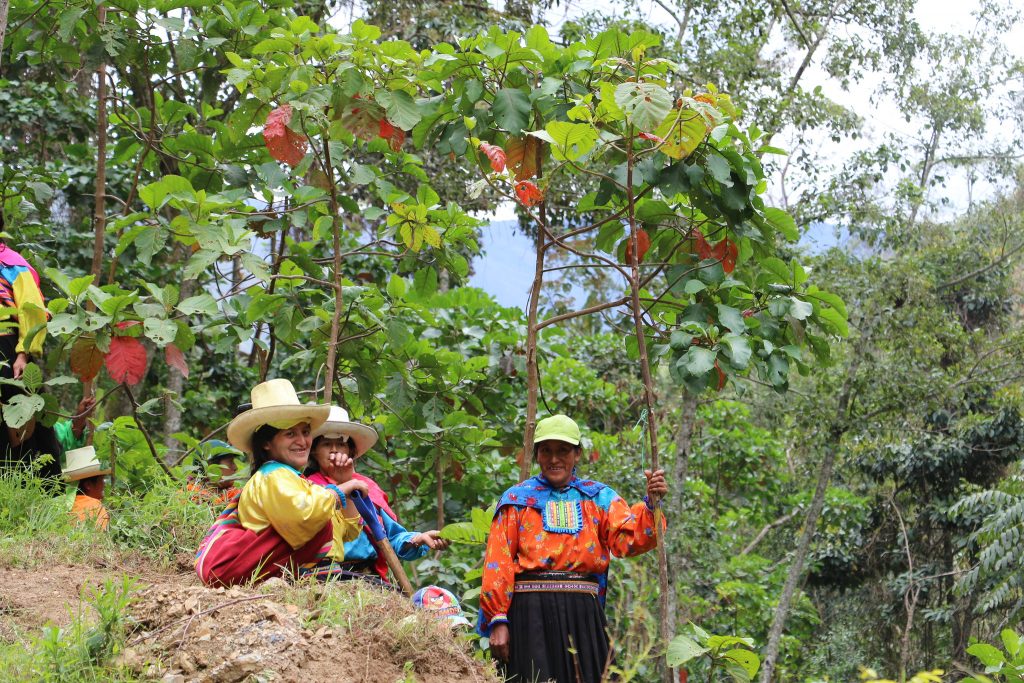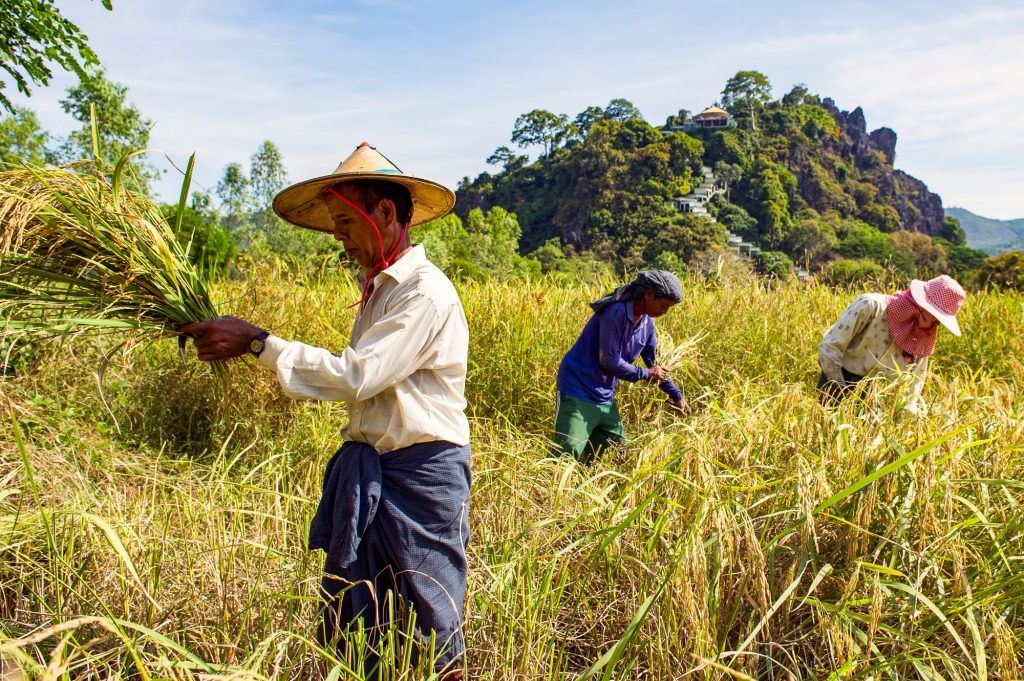
You may have read that that climate talks closed last Sunday without final agreement on a key piece of implementing the Paris Agreement, which goes into full effect in 2021.
But international negotiations are not the whole story, and what we saw in our work on the ground this year has been incredibly energizing.
Here are four reasons to be optimistic as we head into 2020. They’re also the reasons why we are working harder than ever to mobilize finance for conservation and ecological restoration around the world.
Wishing you happy holidays!
FOUR REASONS WE’RE LOOKING FORWARD TO 2020
1. We don’t need to wait for high-level international agreements to make progress on climate.
Learn more: How Carbon Markets Can (and Can’t) Grow with Article 6 on Ice
Learn more: Demand for Nature-based Solutions for Climate Drives Voluntary Carbon Markets to a Seven-Year High
Learn more: Investments in Natural Infrastructure for Water Security in Peru Increased 30x in Five Years
2. When it comes to deforestation, bad actors are running out of room to operate.
 In 2019, we saw a perfect storm of growing consumer awareness, investor pressure, forthcoming regulation, and technological advances, that changed “business as usual” forever for companies with forest risk in their palm, soy, cattle, and timber/pulp supply chains.
In 2019, we saw a perfect storm of growing consumer awareness, investor pressure, forthcoming regulation, and technological advances, that changed “business as usual” forever for companies with forest risk in their palm, soy, cattle, and timber/pulp supply chains.
This year, we worked with Ceres to release a pair of briefs guiding investors on how to effectively engage companies on deforestation. And we published a white paper proposing a radical – but surprisingly simple – way for mainstream investors to ensure their investments support climate action.
Learn more: Targeting Zero Deforestation
Learn more: Harnessing Private Investor ‘Willingness-to-Pay’ for Climate Change Mitigation
Learn more: 5 Things to Know about the Use of Scientific Testing in the Enforcement of Timber Import Regulations
3. The world is beginning to acknowledge the true stewards of our planet.

In 2019, Forest Trends and its partners made strategic investments in forest-based enterprises in indigenous communities to create an economic engine that keeps forests intact.But these communities and the forests they protect are still under threat.
Learn more: Climate Finance Must Stop Excluding Indigenous Communities
Learn more: We End Forest Loss in the Amazon through Investment in the Indigenous Frontline
4. We’re finally seeing the forests for the peace.

November 2016.
In post-conflict places like Myanmar, a focus on natural resources governance often offers the best chance to reboot stalled peace processes and transition to democracy. In 2019, Forest Trends continued our pioneering work in the new field of “environmental peacebuilding.”
Learn more: Peace Process Must Address Natural Resources Governance: Forest Trends
Learn more: In Myanmar, Better Oversight of Forests a Vital Step in Transition to Rule of Law
Feeling Inspired? Here’s How You Can Help.
- Check out Supply Change to see if the brands you buy are committed to zero deforestation.
- Want to offset your own carbon footprint? Read our guide to carbon offsetting.
- Make a year-end gift to Forest Trends. We’re launching a major campaign to mobilize funding to restore natural ecosystems on a historic scale, and we truly need your support.
Viewpoints showcases expert analysis and commentary from the Forest Trends team.
Connect with us on Facebook and Twitter to follow our latest work.
